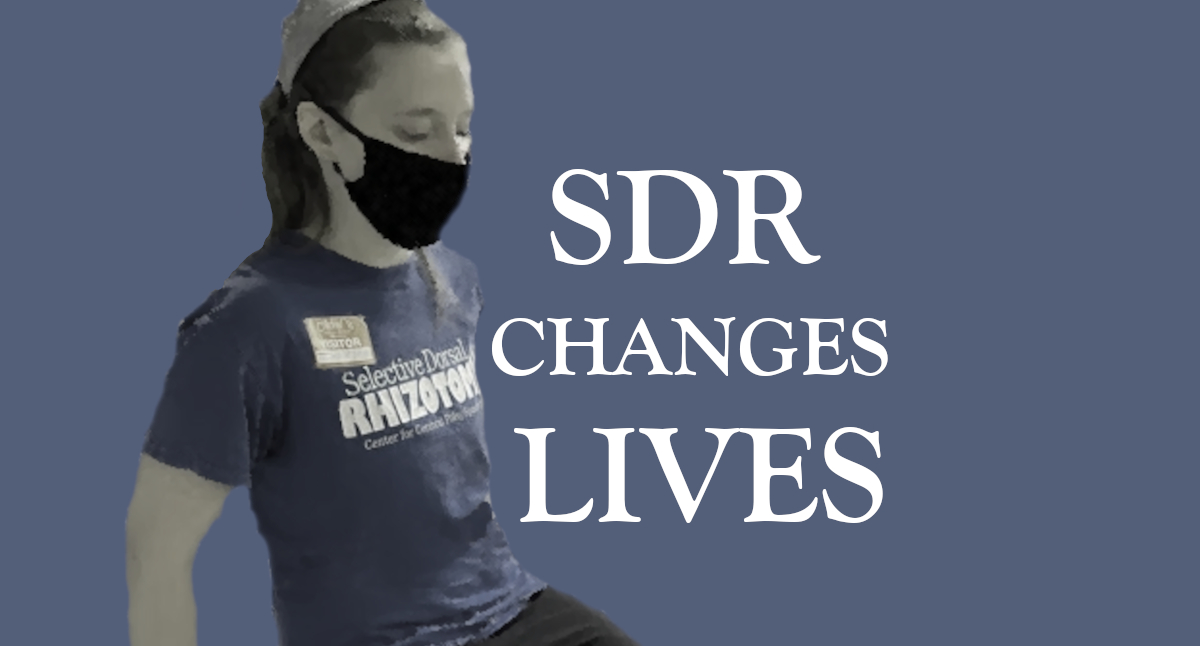hospital packing list
This list was developed with adult St. Louis patients in mind. However, it should be useful for children and people going to other surgeons as well!
- Earplugs
- Eye mask
- Headphones
- Book, Kindle, and/or Tablet (if you have one, a Kindle is ideal for the hospital because you or whoever is with you can read in the dark; if you bring a tablet, a stand will make it easier to use in bed)
- Disinfectant wipes for hospital, hotels, and airplane
- Your own medications or a list of your medications with the exact chemical name, especially for international patients who may have different meds. Nobody is allowed to use their own medications while at St. Louis Children’s or Barnes, but it’s probably best to bring them with you so that you may use them before and after your hospital stay, especially if you’re international.
- Dry shampoo
- Deodorant and/or underarm wipes
- Dried prunes or any other fiber-packed food
- Cozy/fuzzy socks (oftentimes your feet feel ice-cold in the days after surgery)
- Socks with tread (like Pilates socks; not required, and you’ll get a similar pair in pre-op, but they will help give your feet traction if you want to take steps without shoes)
- Cup with lid, even a sippy cup (useful for drinking without spilling during the 3 days you’ll be flat or near-flat on your back)
- Refillable water bottle for you and whoever will stay with you in the hospital
- Microwaveable heat pack for stomach/back/leg cramps in the hospital
- Pillows for the car if you’re being driven back home
- Non-metal hair ties if you have long hair so that you can braid or put your hair up before surgery. Any ties with metal pieces will not be allowed in the operating room.
- Detangling spray if you have long hair
- Sweatshirt for you and whoever will stay with you in the hospital, even if it’s summertime. The rooms often get cold.
- Slippers (many people find regular shoes uncomfortable due to foot sensitivity in the first week or so post-SDR. I wore regular lace-up sneakers to PT and they were tolerable, but they felt a little strange. For the first few days after discharge, I usually wore slipper socks while in my wheelchair because they were more comfortable.)
- Shower shoes or flip-flops to protect from germs in public hospital showers
- Comfortable clothes for hospital stay after day 3. Many people just wear the hospital gown the entire time they’re in the hospital. However, you’ll be allowed to change into regular clothes after both catheters are removed (usually morning of post-op day 3; usually day 4 at Barnes). I changed out of the hospital gown and into pajama shorts and a t-shirt on the morning of day 3, and I felt a lot better. Depending on the time of year and your own preferences, you might consider bringing: T-shirts and pajama pants/pajama shorts, athletic shorts, leggings, or sweatpants. Keep in mind that very loose/flowy pants like pajama pants might feel strange at first because of the numbness in your legs
